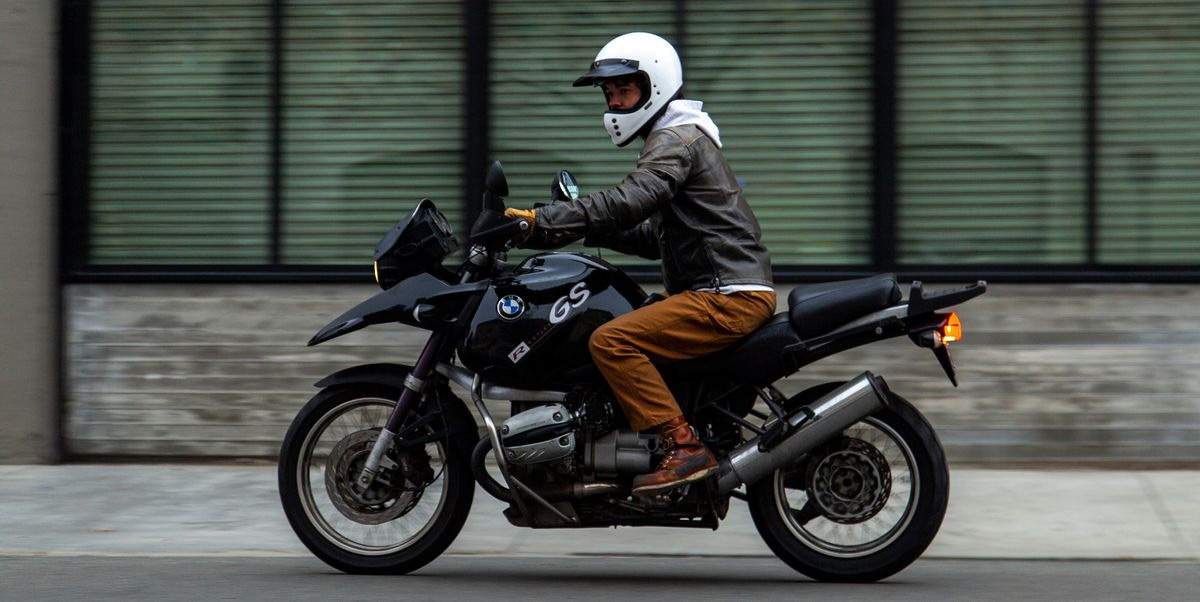Home » Ride On The Road » The World of Type Motorcycle Helmets

As the world of motorcycling continues to evolve, so does the gear that accompanies riders on their thrilling journeys. Among the latest trends in motorcycle helmets, type motorcycle helmets have emerged as a striking fusion of safety and artistic expression. In this article, we delve into the captivating world of type motorcycle helmets, exploring their growing popularity, evolution, unique design, and the myriad benefits they offer to riders.
The Evolution of Motorcycle Helmets
Motorcycle helmets have come a long way from their humble beginnings. Tracing the roots back to the early days of motorcycling, we witness the birth of traditional helmets and their gradual improvements. However, it was only a matter of time before the concept of type helmets took the stage, with inspiration drawn from various art forms, including typography.
Types of Motorcycle Helmets
Full-Face Helmets
Full-face helmets are the most comprehensive and popular type of motorcycle helmet. They provide complete coverage, protecting the entire head, including the face and chin. Equipped with a sturdy face shield, these helmets offer excellent protection against wind, debris, and potential impacts. Full-face helmets are ideal for riders seeking maximum safety and comfort, especially during high-speed rides or long journeys.
Modular Helmets
Also known as flip-up helmets, modular helmets combine the features of full-face and open-face helmets. They feature a hinged chin bar that can be flipped up, allowing riders to expose their face without removing the entire helmet. Modular helmets offer versatility, making them convenient for urban riding or quick stops without compromising on safety.
Open-Face Helmets
Open-face helmets, also called 3/4 helmets, cover the top and sides of the head but leave the face exposed. They typically feature a visor or goggles to protect the eyes from wind and debris. Open-face helmets offer a classic, retro look and provide a sense of freedom and unrestricted visibility. These helmets are popular among cruiser riders and urban commuters.
Half Helmets
In 2023, motorcycle enthusiasts seeking the best half helmets have an array of innovative options to consider. Half helmets provide minimal coverage, protecting only the top of the head. They do not have a chin bar, leaving the face entirely exposed. These helmets are lightweight and well-ventilated, making them suitable for short rides or hot weather conditions. Half helmets are favored by cruiser and scooter riders for their low-profile appearance and ease of use. Embraced by riders who prioritize minimalism and freedom, the best motorcycle half helmet 2023 feature cutting-edge designs that ensure both safety and style on thrilling motorcycle adventures.
Dual-Sport Helmets
Dual-sport helmets are a hybrid between full-face and off-road helmets. They are designed to be versatile, suitable for both on-road and off-road riding. Dual-sport helmets often have removable visors, allowing riders to switch between a more aerodynamic design for on-road use and the added protection of a visor for off-road adventures.

Safety Standards in Helmets
Helmets play a critical role in protecting individuals from head injuries during various activities and sports. To ensure that helmets meet specific safety requirements and provide adequate protection, they are subject to rigorous testing and certification standards set by various organizations and regulatory bodies. These safety standards govern the design, construction, and performance of helmets, ensuring they meet the highest safety benchmarks. Here, we explore some of the key safety standards that helmets must adhere to:
Consumer Product Safety Commission (CPSC) Standard
In the United States, the Consumer Product Safety Commission (CPSC) establishes safety standards for helmets used in cycling, skateboarding, and roller skating. The CPSC standard sets criteria for impact absorption, strap strength, and peripheral vision, among other factors. Helmets meeting CPSC standards bear a CPSC sticker, signifying their compliance with the established safety requirements.
Department of Transportation (DOT) Standard
The Department of Transportation (DOT) sets safety standards specifically for motorcycle helmets in the United States. DOT-compliant helmets are designed to provide substantial protection against impact and ensure that they stay securely fastened during a crash. To be DOT-approved, helmets undergo rigorous testing for penetration resistance, impact attenuation, and chin strap retention, among other criteria.
Snell Memorial Foundation Standard
The Snell Memorial Foundation is a non-profit organization that conducts independent helmet testing to establish safety standards beyond the CPSC and DOT requirements. Snell-certified helmets undergo more stringent testing, focusing on impact performance at higher velocities. Helmets with Snell certification often meet the needs of professional racers and those seeking additional safety assurances.
In conclusion, helmets are engineered with an array of safety features to mitigate the risks associated with high-impact activities. Adherence to established safety standards ensures that helmets provide the necessary protection to keep users safe during accidents or falls. When selecting a helmet, it is crucial to choose one that meets the relevant safety certifications for the intended activity, providing the best possible defense for our most vital asset – the human brain.


